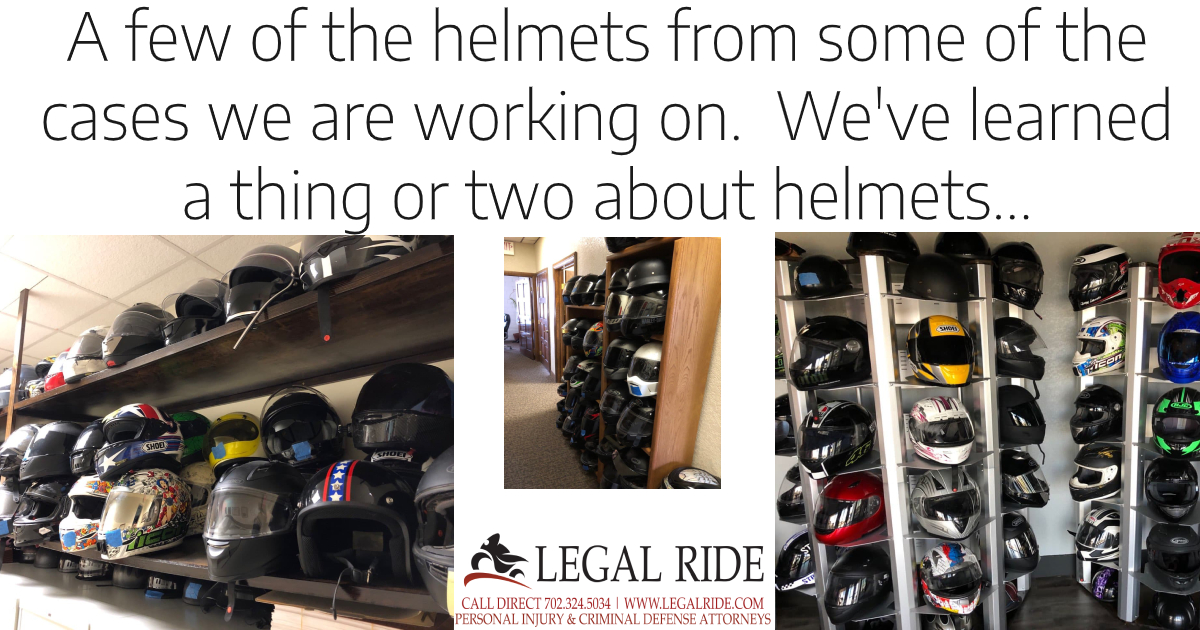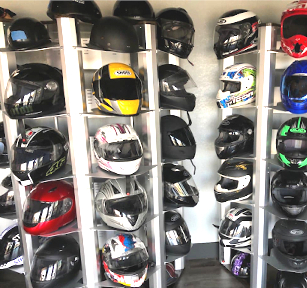 Motorcycle riders suffer some significant injuries not commonly seen in car accidents. So not only are the dynamics and therefore reconstruction of motorcycle accidents different from car accidents, but the medical treatment can be very different too. We spent years doing what most lawyers never do, besides trying cases, but also “learning the medicine” as defense lawyers and taking neurologists and orthopedists on in deposition and trial, and many times, winning cases on the medicine. The medicine is critical to many of these cases. I have talked about the reconstruction of motorcycle accidents before but I want to share some medical information, including TBI, and later, distinct orthopedic issues riders are faced with.
Motorcycle riders suffer some significant injuries not commonly seen in car accidents. So not only are the dynamics and therefore reconstruction of motorcycle accidents different from car accidents, but the medical treatment can be very different too. We spent years doing what most lawyers never do, besides trying cases, but also “learning the medicine” as defense lawyers and taking neurologists and orthopedists on in deposition and trial, and many times, winning cases on the medicine. The medicine is critical to many of these cases. I have talked about the reconstruction of motorcycle accidents before but I want to share some medical information, including TBI, and later, distinct orthopedic issues riders are faced with.
Humans run at a relatively slow speed. 10-15 mph is a very fast speed for average humans. Our bodies are made to cope with falls within our normal natural speed ranges. When we fall above those speeds, our bodies need protection, such as helmets and other gear, to stay safe. Helmets work backwards from what we normally think. Most people believe a helmet is hard and resists the impacts. But every part of a helmet is actually designed to absorb the energy and slow anatomical responses to a crash.
Human brains can be injured not just by impact, but also by rotation of the head. The major types of brain injury include hematoma, contusions, skull fractures and diffuse axonal injury (DAI) caused by violent stopping or rotational injury.
The first layer of protection is the outer shell. It is usually made from some family of fiber-reinforced composites or thermoplastics like poly-carbonate, although carbon fiber is becoming a more affordable, and much lighter, option. While we think this outer shell is tough stuff, it’s actually designed and intended to compress when it hits anything hard. That action disperses energy from the impact to lessen the force before it reaches your head, but it doesn’t act alone to protect you.
The next layer of protection is an impact absorbing liner, usually made of expanded polystyrene. This dense layer cushions and absorbs shock as the helmet stops and your head (and in turn, your brain inside your head) wants to keep on moving. Both the shell and the liner compress if hit hard, spreading the forces of impact throughout the helmet material. The more impact-energy deflected or absorbed, the less there is of it to reach your head and brain and do damage.
Helmets control crash energy by extending your head’s stopping time by about six thousandths of a second (6 ms) to reduce the peak impact to the brain. Rotational forces and internal strains are also likely to be reduced by the crushing.
The structural changes to a helmet following a crash may not even be detectable by visual inspection, and without destructive testing. The inner liner absorbs energy by converting movement into heat, which alters the structure of the foam permanently, just as a seat-belt in a car actually melts a little in a specific zone to absorb the energy of sudden declaration of your body. Likewise the shell can be altered from impact. That is why helmet should be replaced after any crash, because they are not designed to absorb two impacts. And replacing a helmet is much easier than replacing your head.
We have handled a large number of TBI (brain injury) cases over the last 30 years, and have an extensive network of doctors and motorcycle specific experts to assist in these cases, and much like the accident reconstruction, we are frequently asked to assist other firms in working through the complex injury issues that can result from a motorcycle accident.

